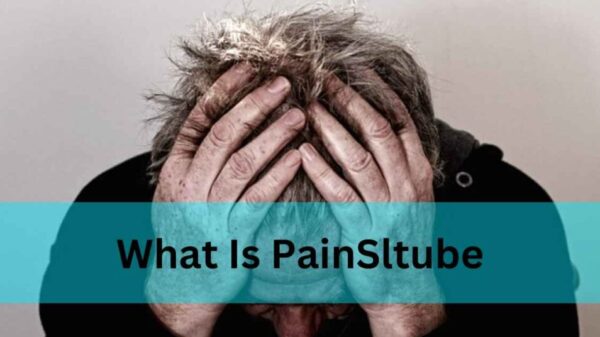As the digital age continues to evolve, the design landscape witnesses paradigm shifts that redefine how websites appeal to their audiences. One significant transformation is the integration of animation into web design. What was once a tool to entertain now plays a pivotal role in enhancing user experiences on the web. This article delves into the role of animation in modern web design and why it has become an indispensable feature for designers and developers alike.
The Evolution of Animation
Historically, animations on the web were simple, often limited to flashy GIFs or clunky Flash animations. These early animations were more of a novelty than a functional design element. Fast forward to today, and animations have metamorphosed into sophisticated tools that are both engaging and functional, providing depth and adding a dynamic touch to web pages.
Why is Animation Crucial in Web Design?
Enhanced User Engagement: Animation captures attention. A well-placed animated feature can break the monotony of static content, keeping the user engaged. For instance, animated infographics or short explainer animations can make complex topics more digestible and engaging for the reader.
Guided User Interactions: Animated cues, like a button changing color when hovered over or a subtle bounce to indicate a clickable element, can guide users through a website intuitively. This improves the overall user experience, as visitors don’t need to think too hard about their next steps.
Storytelling and Branding: Animation can convey a brand’s story quickly. Whether it’s a logo that comes alive as you land on the homepage or a mascot that guides you through the website, animation can encapsulate the essence of a brand efficiently.
Feedback and Reassurance: Imagine clicking a button, and nothing happens. Imagine clicking a button that subtly animates and shows a loading spinner before completing the action. The latter provides instant feedback, reassuring the user that their action is being processed.
Types of Web Animations
Micro-interactions: These are subtle animations that provide feedback or guide users. Examples include a ‘like’ button filling with color when clicked or an icon shaking when an incorrect password is entered.
Parallax Scrolling: This technique involves the background moving slower than the foreground, creating a 3D effect as you scroll. It’s trendy in storytelling websites and portfolios.
Loading Animations: Instead of a bland loading bar, creative animations can make the wait less tedious for users.
Hover Effects: These animations activate when a user hovers over an element, often indicating interactivity.
Best Practices for Web Animations
For animations to be effective, they must be applied thoughtfully. Here are some best practices:
Prioritize Performance: While animations are engaging, they can also be resource-intensive. Ensure they are optimized so as not to impact the site’s loading speed or overall performance.
Keep it Subtle: The aim of animations should be to enhance, not overwhelm. Overdoing it can distract users from the main content.
Maintain Consistency: As with other design elements, maintaining consistency in animation types, speeds, and styles across the site is crucial.
Ensure Accessibility: Ensure animations are accessible to all users, including those with disabilities. Provide options to pause, stop, or hide animations if necessary.
The Future of Animation in Web Design
As web technologies continue to advance, the scope and capabilities of animations will also grow. With the rise of virtual and augmented reality, web design might see a fusion of 3D animations and immersive experiences. Moreover, as AI and machine learning become more integrated into web platforms, animations might become more responsive, adapting in real time to user behavior.
The Importance of Responsive Animation
In today’s multi-device world, responsive design isn’t just about ensuring the layout fits the screen; it also extends to animations. Consider this: an animation that looks spectacular on a desktop might impact a mobile device differently, and vice versa.
Fluidity Across Devices: Animations must adapt seamlessly across different screen sizes. An animated feature that occupies the entire screen on mobile might only be a fraction of the display on a desktop. Designers must ensure that animations are flexible and contextually relevant to the device.
Gesture-Driven Animations: With the proliferation of touch devices, animations can now be designed to respond to user gestures. Swipes, pinches, long-presses, and even tilts can initiate specific animations, creating a multi-dimensional interactive experience.
SVG Animations: Scalable Vector Graphics (SVG) are becoming increasingly popular in web design. Unlike traditional image formats like JPEG or PNG, SVG isn’t pixel-based. This means that SVG animations retain their quality regardless of the screen size or resolution, making them ideal for responsive web design.
Conclusion
As we delve deeper into the world of digital design, the role of animation continues to expand. With the right balance and strategic implementation, animations can uniquely blend aesthetics and functionality. Companies at the forefront of web design, like Way2Smile Solution, a leading web design company in Dubai, understand the nuances and importance of integrating animations seamlessly into web platforms. By staying abreast of the latest trends and techniques, such companies ensure that users are engaged and have memorable online experiences. In the dynamic realm of digital design, animation is no longer a mere embellishment—it’s a powerful tool that defines modern websites.









